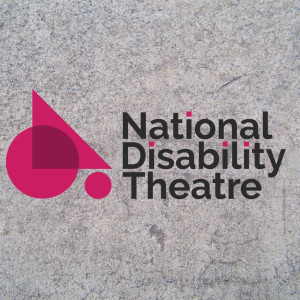At Touretteshero, Tics are a Springboard for Creativity for Artists around the World
 Jessica Thom describes herself as an artist, writer, and part-time superhero. The website she started with collaborator Matthew Pountey, Touretteshero, just celebrated its tenth anniversary. Thom, who is based in the United Kingdom, talked with us on March 20, 2020, about her own work, her experience as a disabled artist working remotely, and ways she is engaging creatively during the the COVID-19 pandemic.
Jessica Thom describes herself as an artist, writer, and part-time superhero. The website she started with collaborator Matthew Pountey, Touretteshero, just celebrated its tenth anniversary. Thom, who is based in the United Kingdom, talked with us on March 20, 2020, about her own work, her experience as a disabled artist working remotely, and ways she is engaging creatively during the the COVID-19 pandemic.
Office of VSA and Accessibility: Tell us about Touretteshero and how it began.

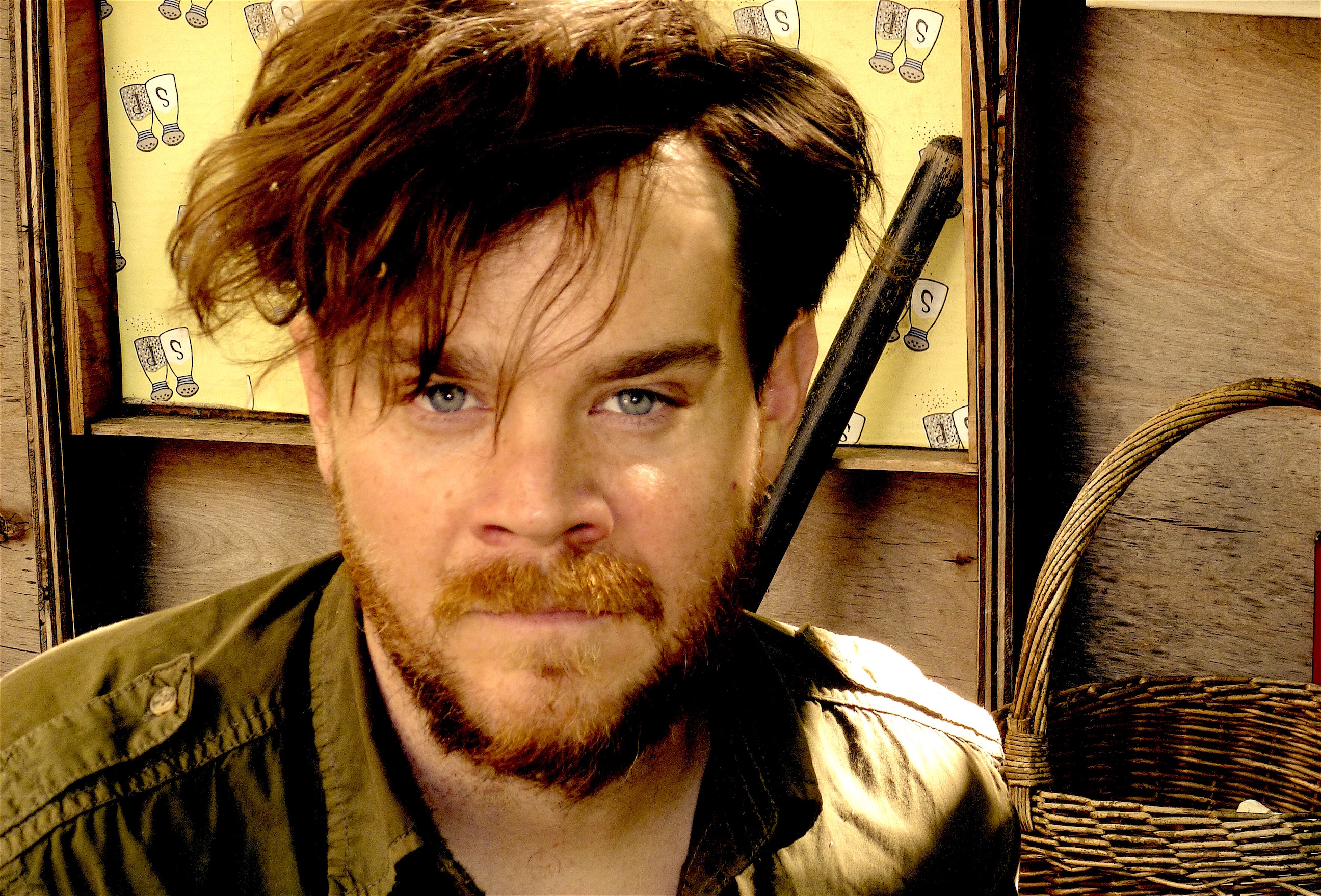 Playwright
Playwright  Mockingbird, a play by Julie Jensen, adapted from the novel by Kathryn Erskine, features a main character on the autism spectrum.
Mockingbird, a play by Julie Jensen, adapted from the novel by Kathryn Erskine, features a main character on the autism spectrum.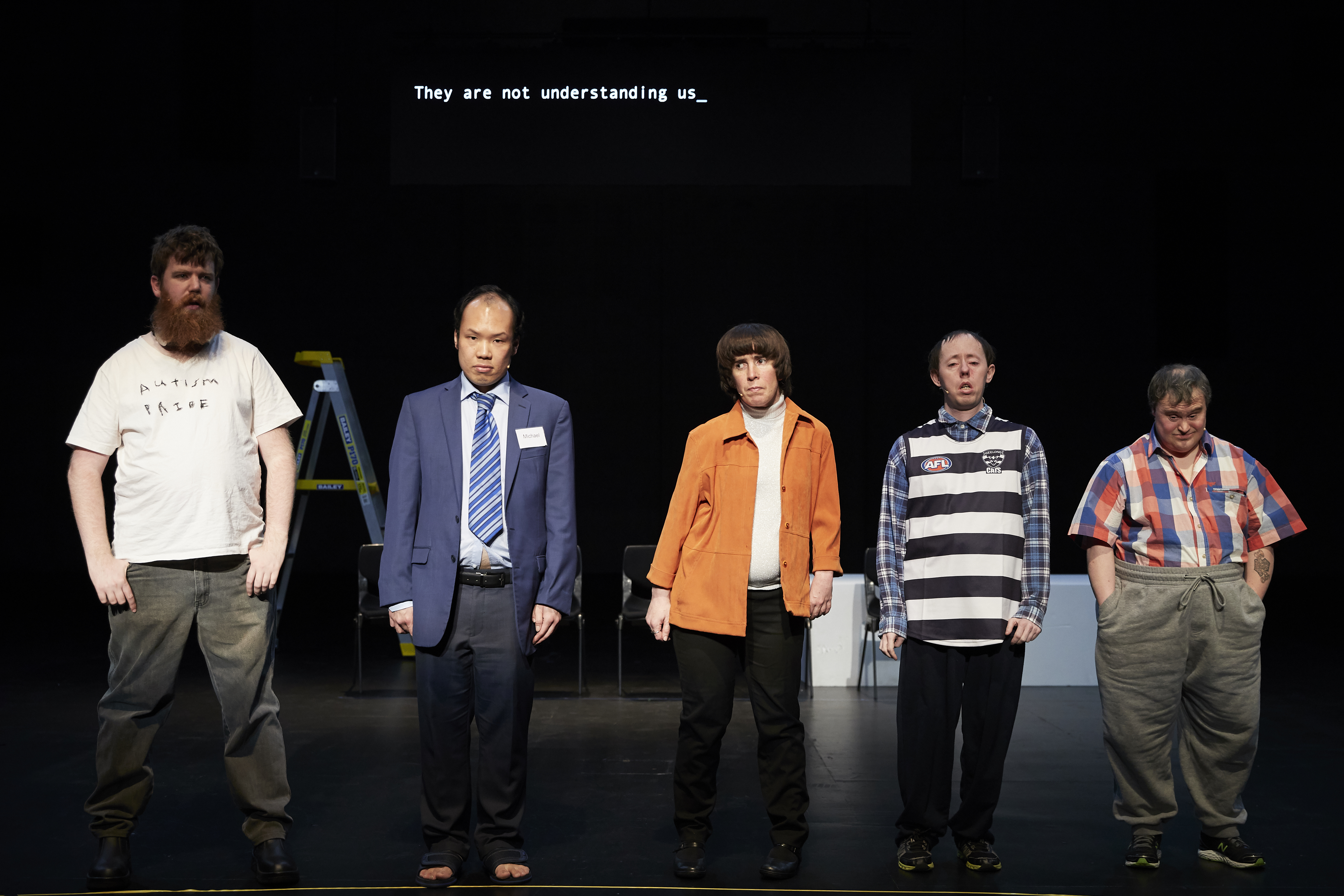 For the past 20 years, Back to Back Theatre has made a name for itself both in Australia and around the world through its contemporary performances created by an ensemble of actors with disabilities. The company aims to give voice to social and political issues that speak to all people. In January and February, they bring their piece THE SHADOW WHOSE PREY THE HUNTER BECOMES on a five-city tour in the United States, continuing to foster social and cultural dialogue between artists and audience.
For the past 20 years, Back to Back Theatre has made a name for itself both in Australia and around the world through its contemporary performances created by an ensemble of actors with disabilities. The company aims to give voice to social and political issues that speak to all people. In January and February, they bring their piece THE SHADOW WHOSE PREY THE HUNTER BECOMES on a five-city tour in the United States, continuing to foster social and cultural dialogue between artists and audience.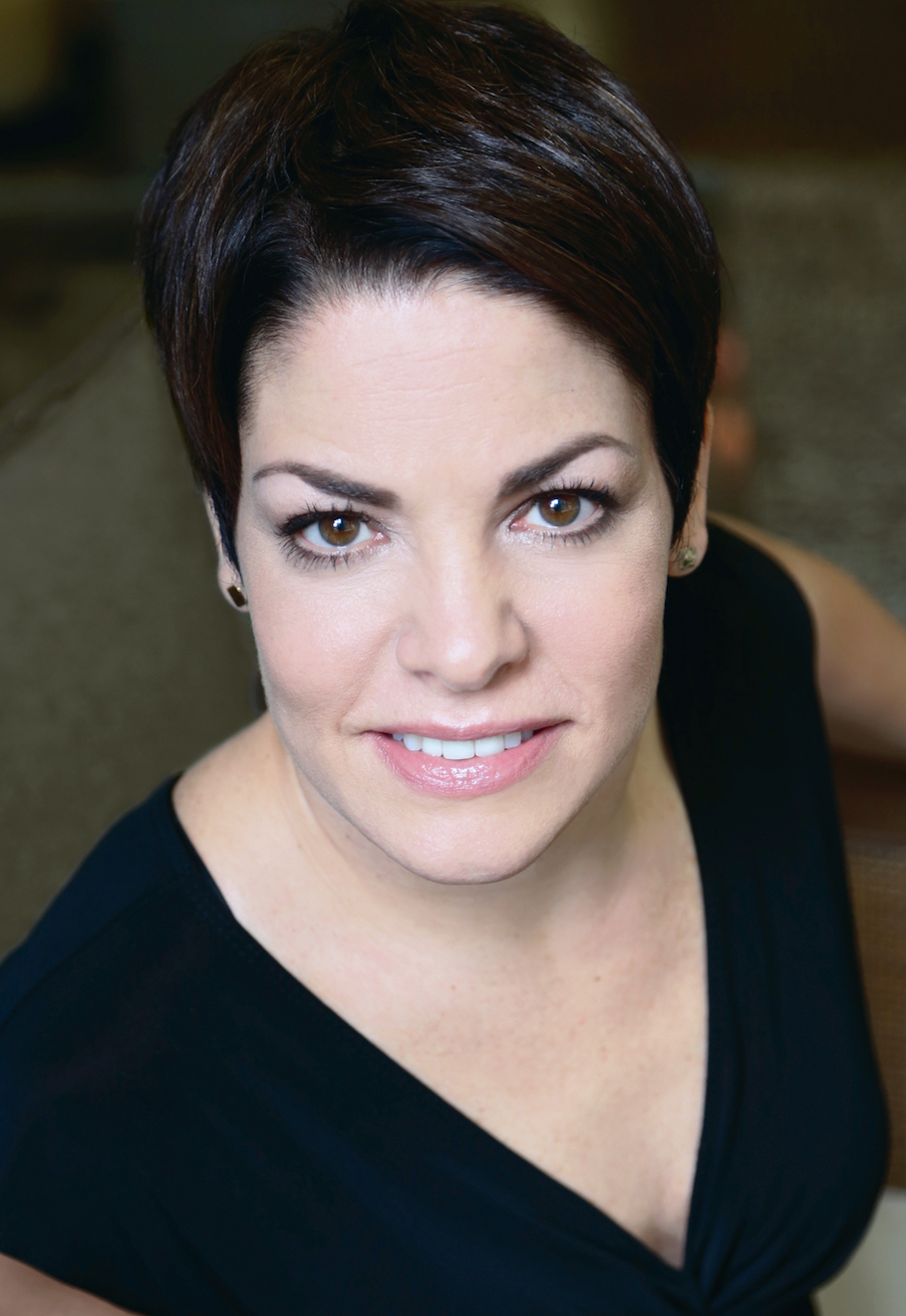 Christine Bruno is an actor, director, teaching artist, and disability inclusion consultant for the entertainment industry. She holds an MFA from the New School and is a lifetime member of The Actors Studio. Christine has worked extensively in theater, film, and television in the US and abroad. She sits on the New York board of SAG-AFTRA and is chair of the union’s New York Performers with Disabilities Committee. Christine can be seen in the documentary series ABLE, streaming now on Amazon Prime.
Christine Bruno is an actor, director, teaching artist, and disability inclusion consultant for the entertainment industry. She holds an MFA from the New School and is a lifetime member of The Actors Studio. Christine has worked extensively in theater, film, and television in the US and abroad. She sits on the New York board of SAG-AFTRA and is chair of the union’s New York Performers with Disabilities Committee. Christine can be seen in the documentary series ABLE, streaming now on Amazon Prime.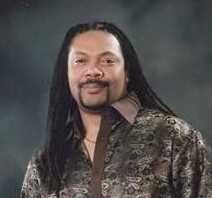
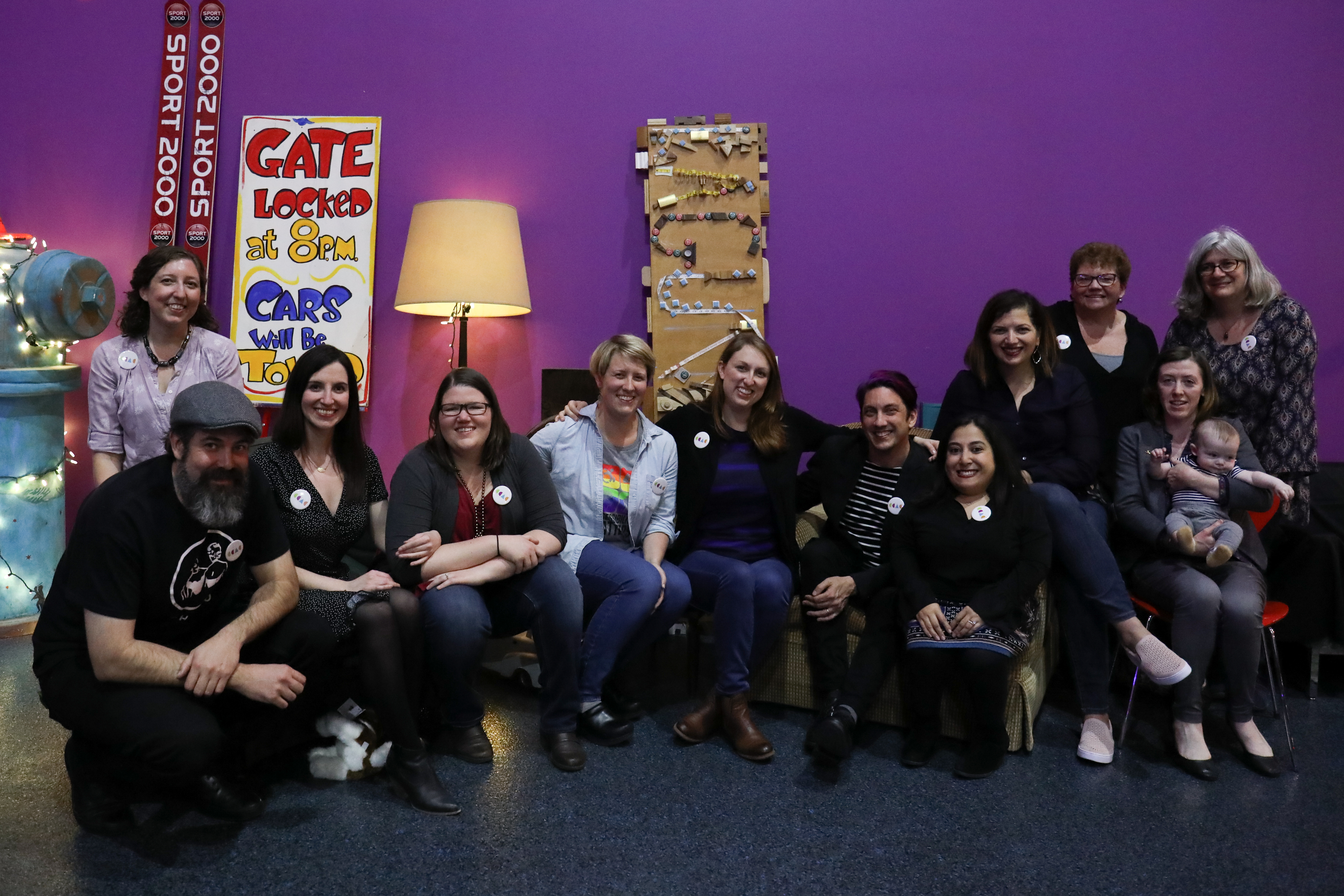
![Jacqueline Russell [Image Description: A headshot of a smiling woman with straight blonde hair. She is leaning to the left of the photo and looking up.]]](https://kec.memberclicks.net/assets/Jacqui1207164150.jpg)
